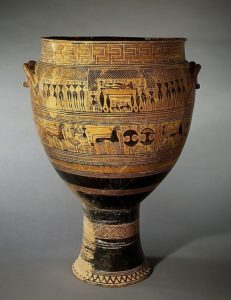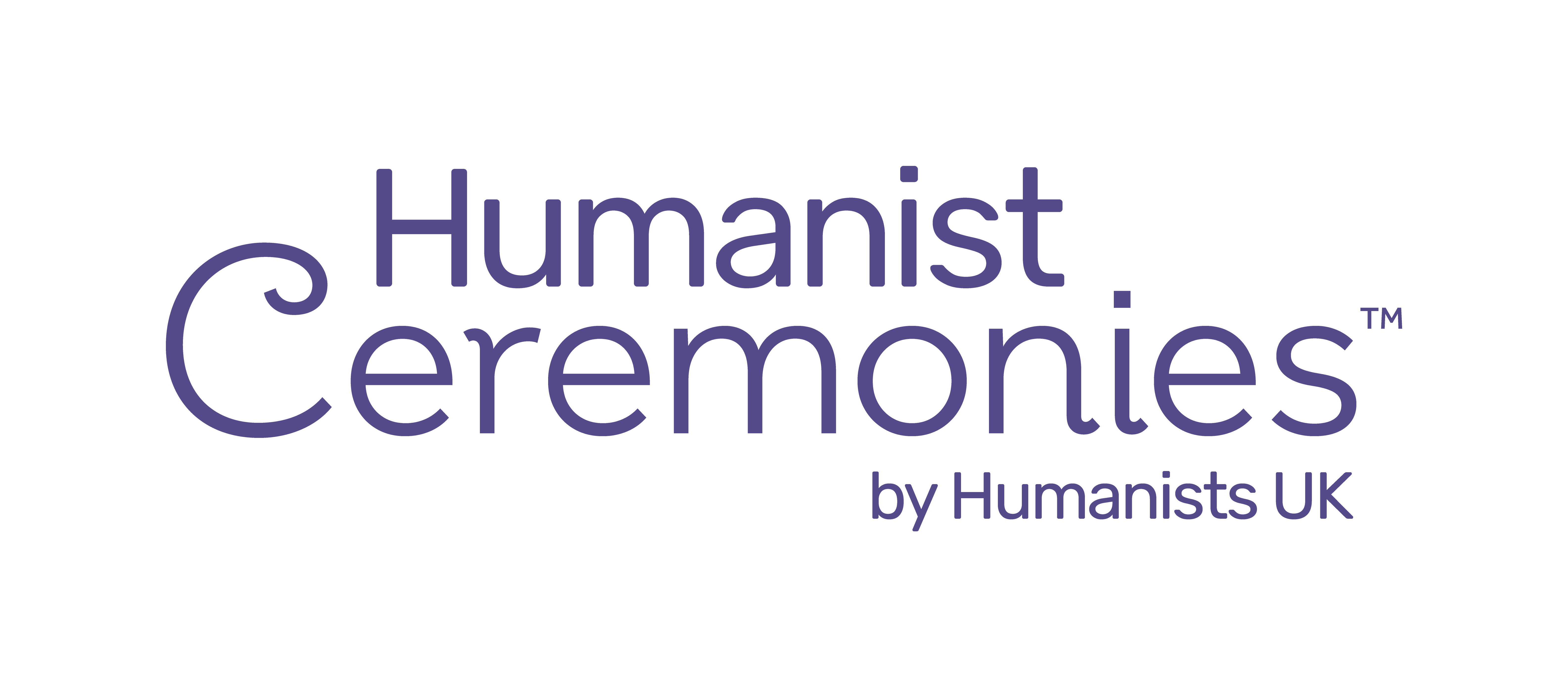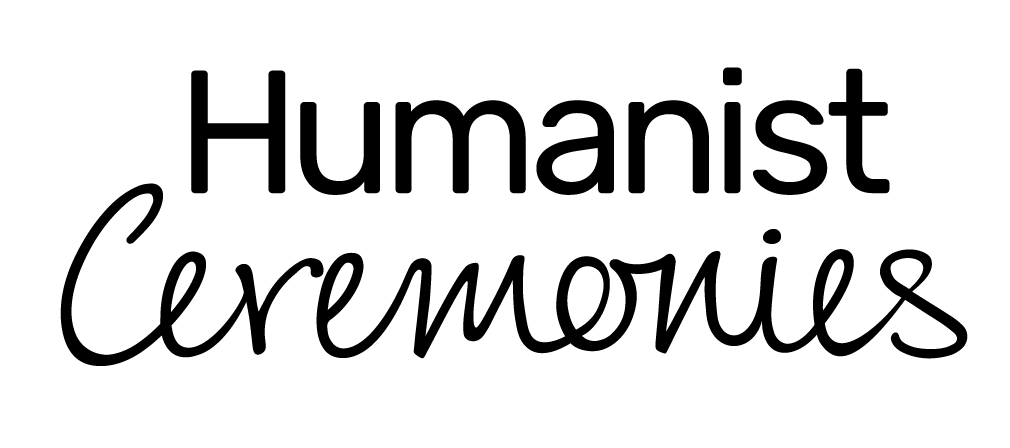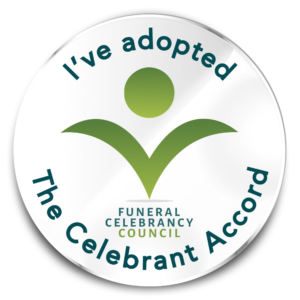Direct Cremation
“We had an ashes centred memorial ceremony for my father based on an idea presented on Doug Duckworth’s webpage. This gave us control over the timing, venue and format of the ceremony. The event was a great success and Doug did an exceptional job throughout: from his first meeting with the family, the format and script he created for the event and the way he coordinated and delivered the ceremony itself. Thanks to Doug we were able to have a positive celebration of my father’s life, shared with family, friends and colleagues.”
In the UK the numbers of people being cremated has grown steadily since the 1930s. Back in 1930 fewer than one in a hundred of us were cremated, while today the proportion has risen to an incredible 78%. But over the last five years or so there has also been a revolution in the way cremations are conducted – the rise of so-called “direct cremations”. These arecremations which are not attended by the bereaved or where a very simple or minimal ceremony is conducted. According to a recent survey direct cremation now accounts for about one third of all cremations.

Scattering ashes on the Thames
I became a pioneer of direct cremation when in 2015, at a time when the term was almost unknown, I asked a local funeral director to arrange an unattended cremation for my dad and return the ashes to me. We then held a memorial ceremony for him at his local social club, with his ashes as the focal point. Later, my partner and I scattered the ashes on the Thames, near the spot where dad first met mum and where he and I had scattered her ashes more than twenty years earlier. This wasn’t done to save money, but because both dad and I had unhappy memories of mum’s cremation and wanted to do something more personal.
Since then direct cremation has grown exponentially, a trend accelerated by the Covid pandemic, and there are now two major national UK direct cremation providers and practically every local funeral director offers it as an option. Direct cremation is a lot cheaper than a conventional funeral because there are no expensive vehicles and less funeral staff time involved and often the actual crematorium fees are lower too. But I believe that most people go for this option not to save money, but, like dad and me, to have more control over the process.

Ashes have been used as part of death ceremonial for thousands of years. This Greek cremation urn dates from c 800bc
Having a memorial service after the cremation puts the bereaved more in control, giving people the freedom to use their imagination to create a ceremony that is really unique, personal and free from the often old-fashioned conventions of the funeral parlour, for example by booking a favourite pub, restaurant or social club as the venue. It also means that the ceremony can be arranged at a time to suit the bereaved, for example on a weekend a few weeks after the death, so people can get there more easily. Often these ceremonies use the cremated ashes as a focus. Ash-scattering ceremonies are popular too, either as the main event or as a follow-up to a bigger memorial service.
One of the attractions of having this type of ceremony is that the bereaved can do everything themselves. However, it can be helpful to involve someone like me, who has lots of experience in this field, to help design and lead the ceremony. I’m happy to have a no-obligation chat with bereaved people about the possibilities and can design and lead a ceremony for my standard funeral fee of £235. I am happy to go anywhere in the UK and even abroad, but for ceremonies which take place beyond about thirty miles of my Newark base or that require an exceptional amount of preparation I may ask for additional expenses, but these will always be agreed in advance.



